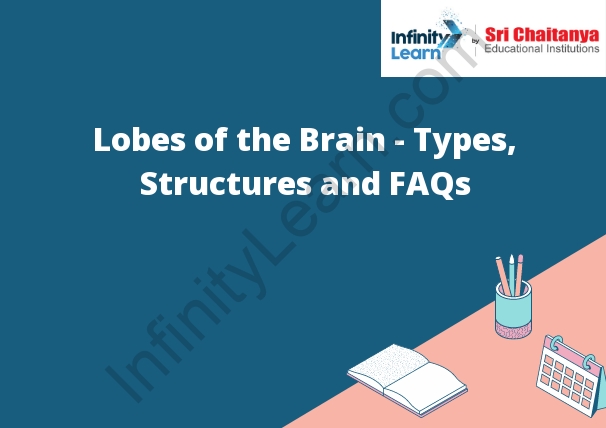Table of Contents
Lobes of the Brain in Detail; Types of Cerebral Lobes in Brain
The brain has four major lobes: the frontal lobe, the parietal lobe, the temporal lobe, and the occipital lobe. Each lobe has a different set of functions.
The frontal lobe is responsible for voluntary movement, problem solving, thinking, and planning.
The parietal lobe is responsible for sensation, especially the sensation of touch.
The temporal lobe is responsible for hearing, memory, and language.
The occipital lobe is responsible for vision.

Front Lobe
The front lobe is the most anterior lobe of the brain. It is responsible for higher-level functions such as thinking, speaking, and understanding language. The front lobe also coordinates movement and is involved in emotions and sensations.
Parietal Lobe
The parietal lobe is located in the middle of the brain, behind the frontal lobe and above the occipital lobe. The parietal lobe is responsible for processing information from the senses, including touch, taste, smell, and sight. It also plays a role in the processing of language and mathematics. Damage to the parietal lobe can lead to problems with sensation, language, and math skills.
Occipital Lobe
The occipital lobe is located at the back of the brain. It is responsible for processing visual information.
Temporal Lobe
The temporal lobe is one of the four major lobes of the brain. The temporal lobe is located on the side of the head above the ear. The temporal lobe is responsible for memory, language, and hearing.
Broca’s Area
Broca’s area is a region in the frontal lobe of the brain that is associated with speech production. This area is responsible for the planning and execution of speech movements. Damage to Broca’s area can lead to speech deficits, including problems with articulation and grammar.
Wernicke’s Area
Wernicke’s area is a region of the brain that is involved in the comprehension of language. This area is located in the posterior section of the superior temporal gyrus, near the Sylvian fissure. Damage to this area can cause a condition known as Wernicke’s aphasia, which is characterized by difficulty understanding spoken language and producing meaningful sentences.
Cortex
Cortex is a brain-inspired machine learning platform from OpenAI. It enables developers to train and deploy AI models in a more scalable and efficient way. Cortex is built on top of OpenAI’s existing AI development tools, such as Gym, Universe, and Spinning Up.
Cortex is designed to help developers train and deploy AI models more efficiently. It does this by providing a more scalable and efficient way to run AI models. Cortex also makes it easier for developers to share and collaborate on AI models.
Cortex is built on top of OpenAI’s existing AI development tools, such as Gym, Universe, and Spinning Up. These tools make it easier for developers to create and train AI models. Cortex builds on this by providing a more scalable and efficient way to run these models. This makes it easier for developers to deploy AI models in a more scalable and efficient way.
Cortex is currently in beta.
Deep Structures
Deep structures are the most basic elements of grammar.
They are the rules that govern how words are put together to form sentences.
There are four deep structures in English:
Subject
Verb
Object
Prepositional phrase
Hypothalamus
The hypothalamus is a small, but important, part of the brain. It controls many body functions, including hunger, thirst, body temperature, and the release of hormones.
Pineal Gland
The pineal gland is a small, cone-shaped endocrine gland in the brain. It is located near the center of the brain, between the two hemispheres, and is attached to the third ventricle.
The pineal gland is responsible for the production of the hormone melatonin. Melatonin is released in response to darkness, and it signals the body to prepare for sleep.
Thalamus
The thalamus is a small, cigar-shaped structure located in the center of the brain. It is responsible for relaying sensory information to the appropriate part of the brain for processing. The thalamus also helps to regulate consciousness, sleep, and alertness.
Ventricles and Cerebrospinal Fluid
The brain and spinal cord are surrounded and protected by cerebrospinal fluid (CSF). This clear, colorless fluid fills the ventricles, which are the four cavities inside the brain. The CSF circulates around and through the brain and spinal cord, providing a cushion and nourishment. It also removes wastes from the tissues.









